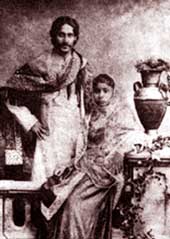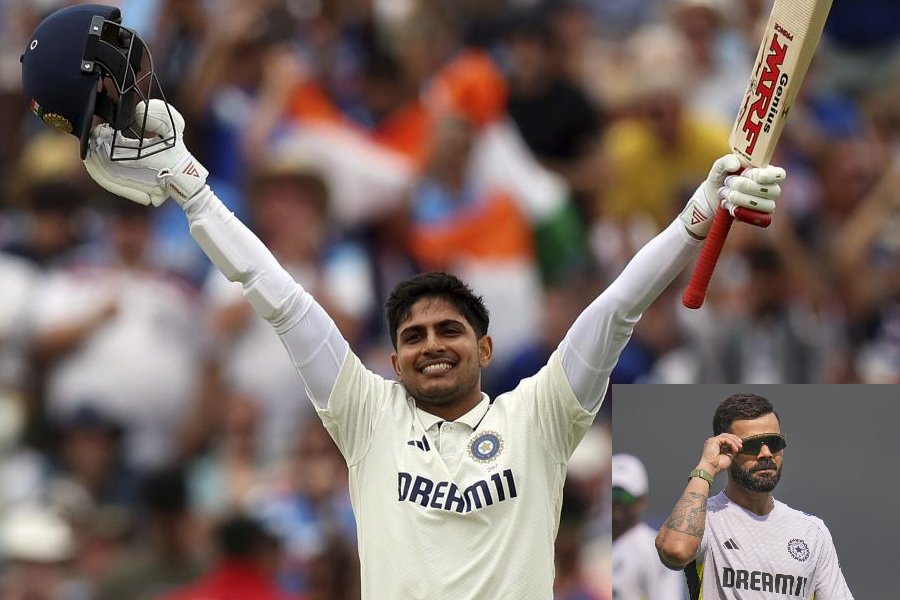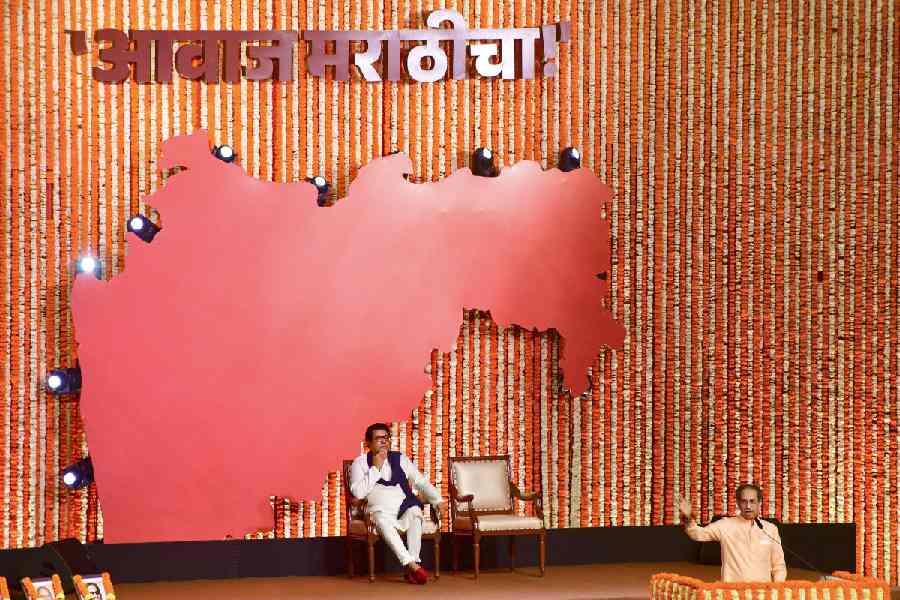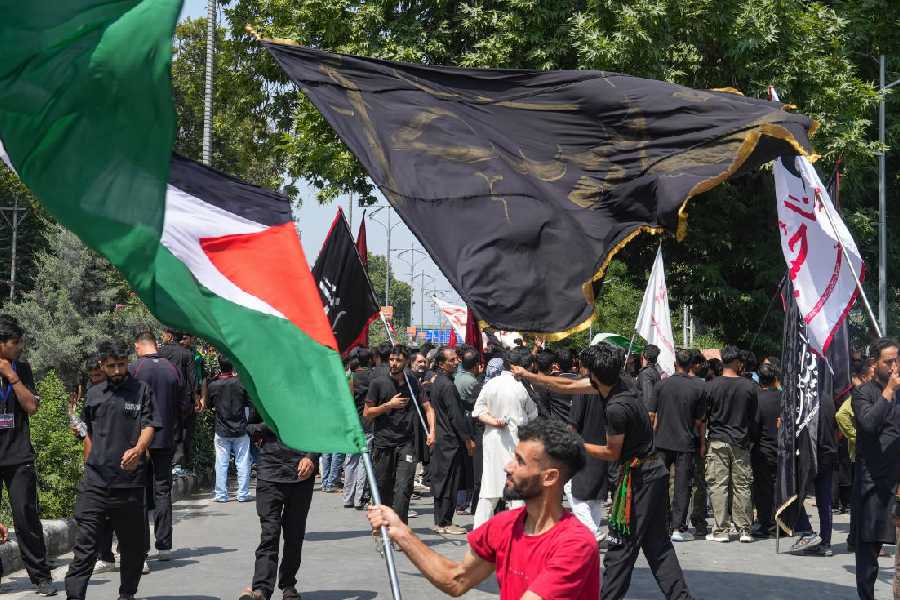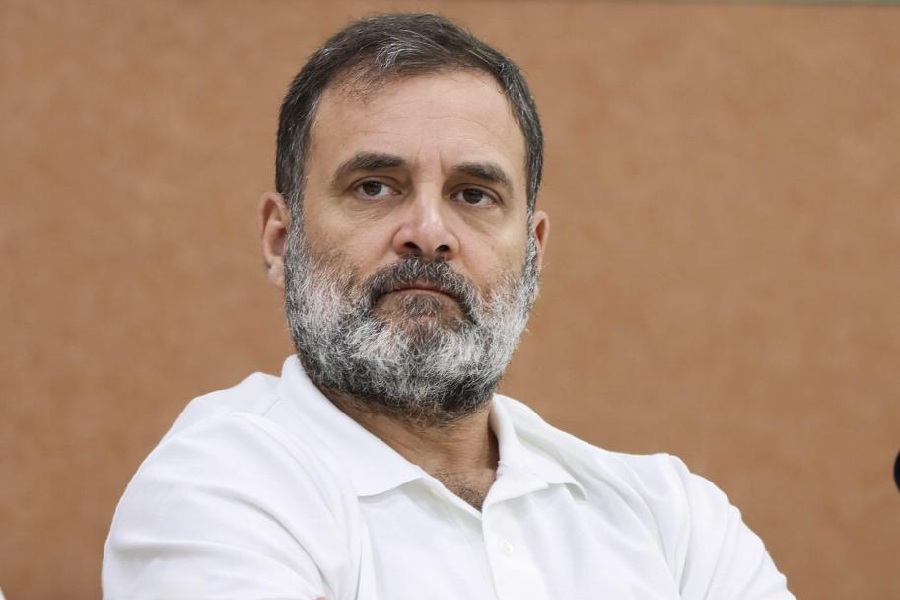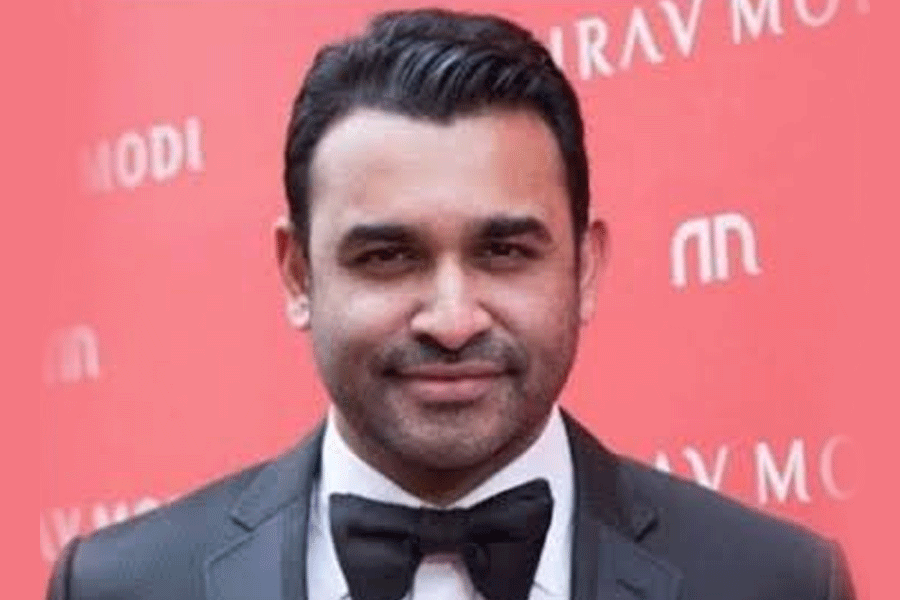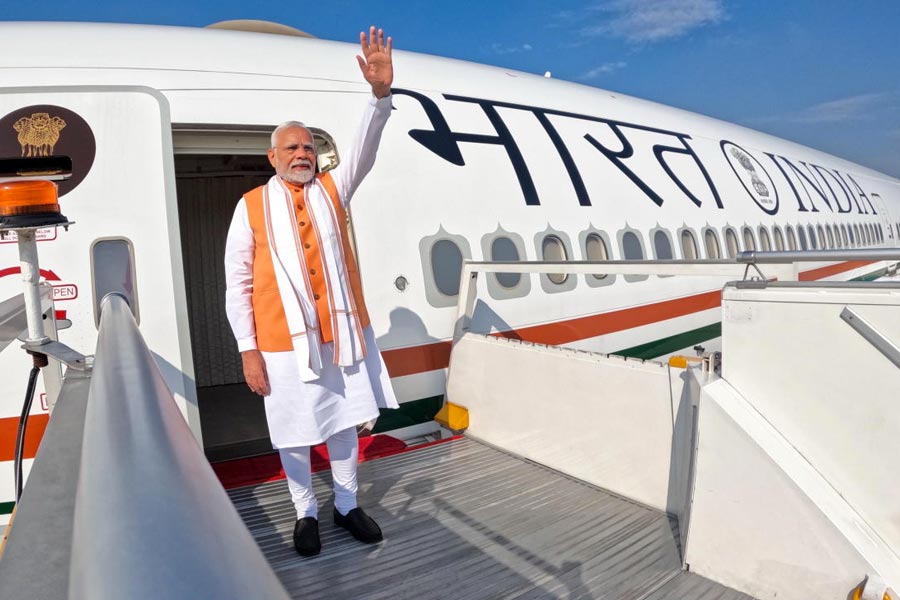|
|
MY LIFE IN MY WORDS By Rabindranath Tagore, Penguin, Rs 495 Of Myself (Atmaparichay) By Rabindranath Tagore Anvil, £8.95
In 1911, when Rabindranath Tagore started serializing his first autobiographical piece, Jibansmriti, in Probashi, he realized that ‘life history’ was essentially a cluster of images of ‘life’s memories’ rather than a chronicle of dates and events. Defying the temporal sequence of history, memories appear haphazardly, “passion-tinged from [the] heart”, favouring the writer’s personal vision rather than a strictly impartial account of his life.
My life in my words, edited by Uma Das Gupta, is an admirable attempt at putting all of Tagore’s ‘life writings’ — Jibansmriti, Chhelebela, Atmaparichay, as also his letters, lectures, talks — in a chronological order to give the semblance of a complete autobiography. Das Gupta has included Tagore’s own translations wher- ever possible, alongside extracts from existing translations of his works by Surendranath Tagore, Marjorie Sykes, Ketaki Kushari Dyson, and others. Das Gupta has translated bits and pieces herself, very capably, and used many unpublished archival sources. Despite the ordering and annotating, the literary flavour, central to Tagore’s consciousness as a life-writer, is luminously present.
Tagore’s indifference to any systematic account of his life was informed by his perception of the vast difference between ‘real’ time and ‘narrative’ time: “We have to tread every single moment of the way as we go on living our life, but when taken as a whole it is such a very small thing, two hours’ uninterrupted thought can hold all of it.” This view suggests a sharp disjunction between inner and outer lives. The outer life as experienced in real time, Tagore pointed out, is impossible to capture in a narrative. This made life-writing into a kind of ‘inner history’ for Tagore, similar to Wordsworth’s project of recording the “growth of a poet’s mind” in the Prelude. What is lacking, however, is a detailed enunciation of a history of inwardness, the ‘psycho-biography’ he always stopped short of articulating.
One of the glaring absences in his writings, for instance, is any sustained meditation on his relationship with his beloved sister-in-law, Kadambari Devi, who rescued young Rabindranath from unrelieved loneliness during his adolescence (“so began a new chapter of my lonely Bedouin life on the roof, and human company and friendship entered it”). With her arrival in the family as Jyotirindranath’s wife, “the mystery of the inner apartments (andarmahal) deepened”. That “mystery” is not decoded; a stranger mystery remains in Tagore’s restrained account of her suicide. An equally involved, yet controlled, emotion defines the core of his attachment to his mother, whom he lost early in life. Growing up in a “servocracy”, spending his days incarcerated in a little room of a palatial mansion, his father away in the Himalaya and his mother perpetually lost to the demands of an extensive joint-family, Tagore has little to confess about the psychological costs of this odd childhood. Where one might expect an elaborate Proustian exposition of childhood memories — and the setting for this is perfect as well, replete with siblings, aunts, great-aunts, uncles, great-uncles — Tagore remains cursory, deepening the reader’s curiosity about his inner history. The only oddity about his childhood, Tagore’s chronic dislike for institutionalized education, is attributed to the freedom that he experienced in the months he spent with his father in Dalhousie, and dismissed as a “historical fact”.
Tagore ventured into introspection in the six pieces that were published posthumously as Atmaparichay, translated by Devadatta Joardar and Joe Winter. The translation itself is unremarkable, even a bit dull. But once again, Tagore’s exposition of his identity as a poet in these writings, which were delivered as public lectures and talks at various stages in his life, is more on the lines of the spiritual than the psychological. Beginning with the first, published in Bangabhashar Lekhak in 1904, and reading through the rest, published in 1911 (Bharati), 1917 (Shobujpatra), 1931 (Probashi and Protibhashon) and 1940 (Probashi), one learns much about the creative process, the inspiration from Jibandevata, the “God of Life”, that flows into poetry. However, one cannot help leaving this book with the sense of a poet de-humanized into a philosophical concept.
It was perhaps in his letters that Tagore was most personal. To his wife, Mrinalini Devi, he wrote from England, “The joy of living separately is in writing letters to one another. It can be more rewarding than being together.” Das Gupta collects some of Tagore’s most intense letters written to Victoria Ocampo, ending always with his “bhalobasa”. He recalls the most delightful moments in his letters intimately— reading Baudelaire with Ocampo, for instance, or reclining on her armchair, which he liked so much that she shipped it to Shantiniketan. One of the most shattering experiences of his life — his nervous breakdown following the death of his favourite child, Madhurilata — is noted in his letter to his son Rathindranath and daughter-in-law Protima Devi.
In his late years, Tagore’s life became embroiled, first in his ambitious education project in Visva-Bharati, and then in nationalist politics. Following the Nobel Prize in 1913, he was caught in the whirlpool of public life, encumbered “with an immense burden of loneliness”. The letters in Tagore’s first full ‘autobiography’ reveal the core of this loneliness and is hopefully an incitement for a careful psycho-biography of this great man.

